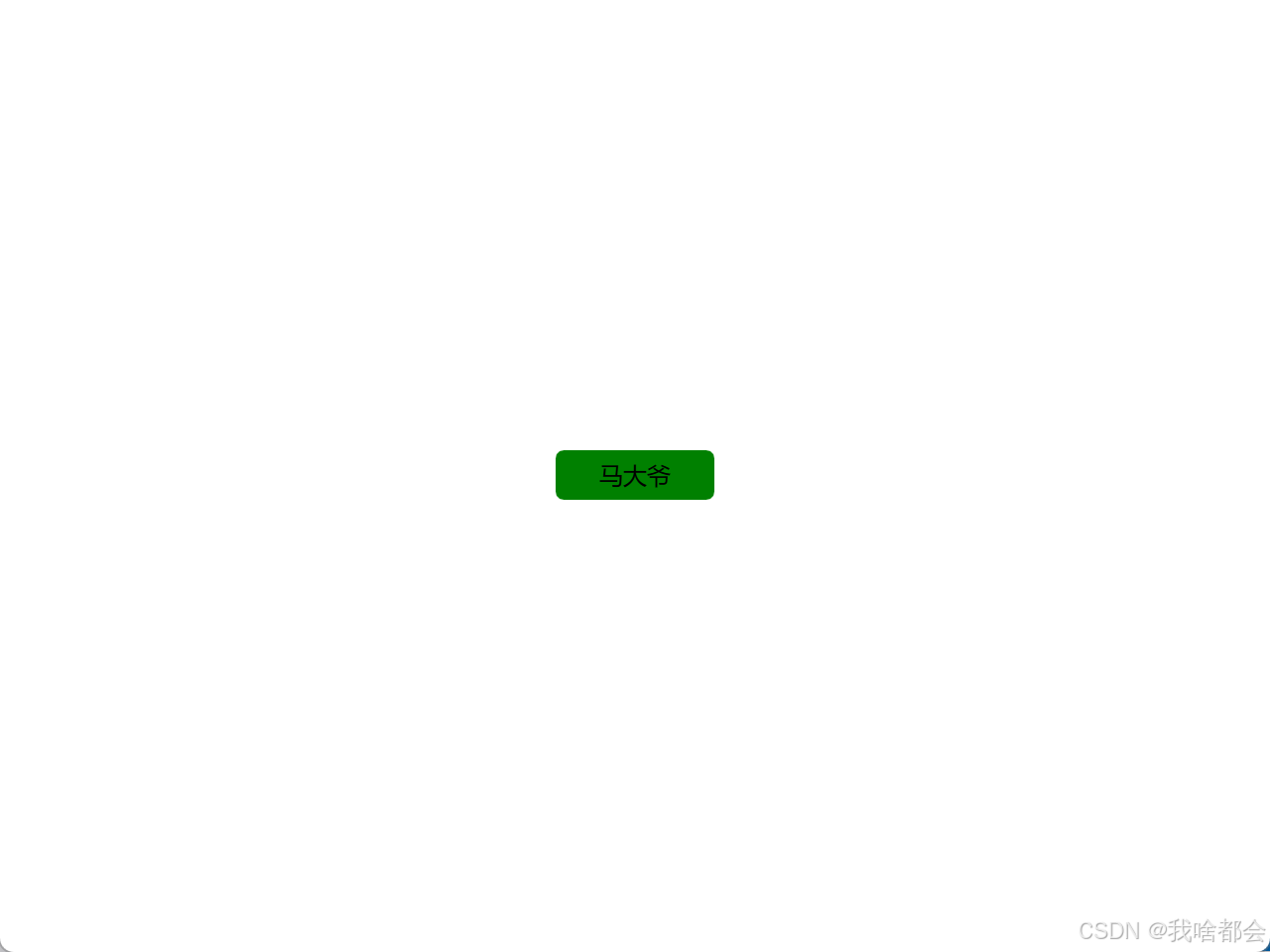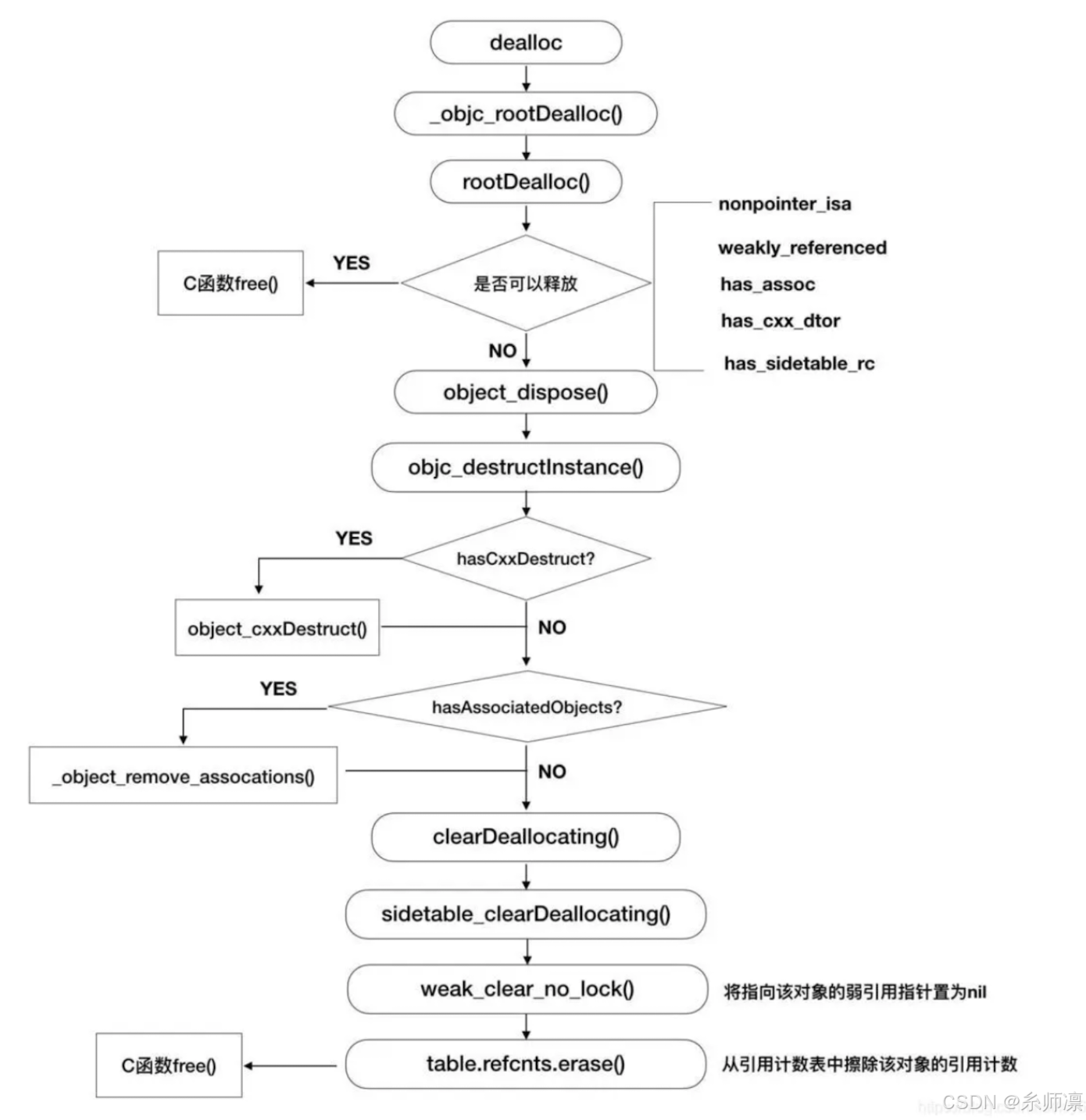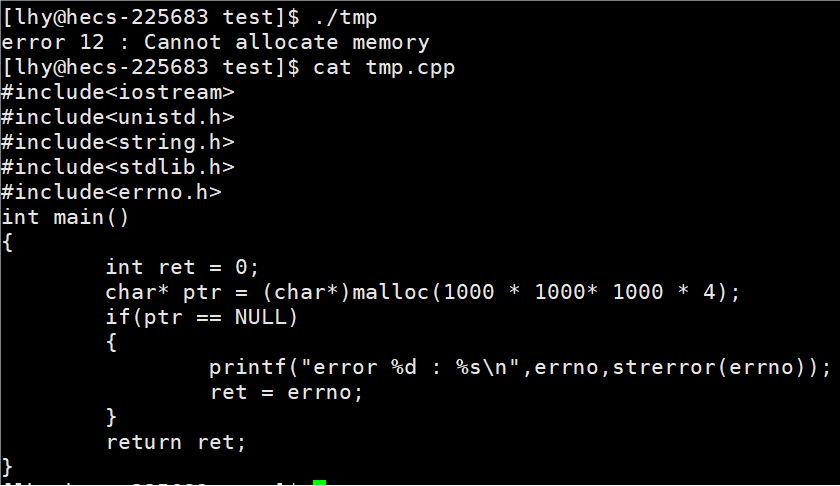C++实现俄罗斯方块(Windows控制台版)
在油管上看到一个使用C++控制台编写的俄罗斯方块小游戏,源代码200多行,B站上也有相关的讲解视频,非常不错,值得学习。
B站讲解视频地址为:【百万好评】国外技术大神C++游戏编程实战教程,油管580W收藏,新手10小时入门,并快速达到游戏开发能力(中英字幕) B站
CSDN博主千帐灯无此声还为此写了一篇博客:C++实现俄罗斯方块(源码+详解),讲解得已经非常详细了,为此我就不赘余了。
Github源代码地址为:https://github.com/OneLoneCoder/Javidx9/blob/master/SimplyCode/OneLoneCoder_Tetris.cpp
特此贴上对应的C++源代码,记录一下:
/*
OneLoneCoder.com - Command Line Tetris
"Put Your Money Where Your Mouth Is" - @Javidx9
License
~~~~~~~
Copyright (C) 2018 Javidx9
This program comes with ABSOLUTELY NO WARRANTY.
This is free software, and you are welcome to redistribute it
under certain conditions; See license for details.
Original works located at:
https://www.github.com/onelonecoder
https://www.onelonecoder.com
https://www.youtube.com/javidx9
GNU GPLv3
https://github.com/OneLoneCoder/videos/blob/master/LICENSE
From Javidx9 :)
~~~~~~~~~~~~~~~
Hello! Ultimately I don't care what you use this for. It's intended to be
educational, and perhaps to the oddly minded - a little bit of fun.
Please hack this, change it and use it in any way you see fit. You acknowledge
that I am not responsible for anything bad that happens as a result of
your actions. However this code is protected by GNU GPLv3, see the license in the
github repo. This means you must attribute me if you use it. You can view this
license here: https://github.com/OneLoneCoder/videos/blob/master/LICENSE
Cheers!
Background
~~~~~~~~~~
I made a video "8-Bits of advice for new programmers" (https://youtu.be/vVRCJ52g5m4)
and suggested that building a tetris clone instead of Dark Sould IV might be a better
approach to learning to code. Tetris is nice as it makes you think about algorithms.
Controls are Arrow keys Left, Right & Down. Use Z to rotate the piece.
You score 25pts per tetronimo, and 2^(number of lines)*100 when you get lines.
Future Modifications
~~~~~~~~~~~~~~~~~~~~
1) Show next block and line counter
Author
~~~~~~
Twitter: @javidx9
Blog: www.onelonecoder.com
Video:
~~~~~~
https://youtu.be/8OK8_tHeCIA
Last Updated: 30/03/2017
*/
#include <iostream>
#include <thread>
#include <vector>
using namespace std;
#include <stdio.h>
#include <Windows.h>
int nScreenWidth = 80; // Console Screen Size X (columns)
int nScreenHeight = 30; // Console Screen Size Y (rows)
wstring tetromino[7];
int nFieldWidth = 12; // 表示场地的宽度,它的值为 12。这意味着在水平方向上,场地被分割成了 12 个单元格或列
int nFieldHeight = 18; // nFieldHeight 表示场地的高度,它的值为 18。这意味着在垂直方向上,场地被分割成了 18 个单元格或行
// 一个指向无符号字符的指针,初始化为 nullptr。这个指针通常用于动态分配内存,并表示场地的状态或布局。
// 通过使用指针,可以在程序运行时为场地分配所需的内存空间
unsigned char* pField = nullptr;
// 方块旋转
// 据给定的方块坐标(px, py)和旋转次数r,返回旋转后方块的索引位置
int Rotate(int px, int py, int r)
{
int pi = 0;
switch (r % 4)
{
case 0: // 0 degrees // 0 1 2 3
pi = py * 4 + px; // 4 5 6 7
break; // 8 9 10 11
//12 13 14 15
case 1: // 90 degrees //12 8 4 0
pi = 12 + py - (px * 4); //13 9 5 1
break; //14 10 6 2
//15 11 7 3
case 2: // 180 degrees //15 14 13 12
pi = 15 - (py * 4) - px; //11 10 9 8
break; // 7 6 5 4
// 3 2 1 0
case 3: // 270 degrees // 3 7 11 15
pi = 3 - py + (px * 4); // 2 6 10 14
break; // 1 5 9 13
} // 0 4 8 12
return pi;
}
// 检查方块是否适合放置在指定位置
/******************************************
* 判断给定的方块是否适合放置在指定的位置(nPosX, nPosY)上。
* 通过遍历方块的每个格子,并将其与场地进行匹配,判断方块是否和场地中的其他方块冲突
* nTetromino:表示方块的类型(编号)
* nRotation:表示方块的旋转状态
* nPosX:表示要放置方块的水平位置(X 坐标)
* nPosY:表示要放置方块的垂直位置(Y 坐标)
*******************************************/
bool DoesPieceFit(int nTetromino, int nRotation, int nPosX, int nPosY)
{
// All Field cells >0 are occupied
for (int px = 0; px < 4; px++) // 循环遍历方块的水平位置
for (int py = 0; py < 4; py++) // 循环遍历方块的垂直位置
{
// Get index into piece
// 获取方块内部位置的索引
int pi = Rotate(px, py, nRotation);
// Get index into field
// 获取方块在游戏区域中的索引
int fi = (nPosY + py) * nFieldWidth + (nPosX + px);
// Check that test is in bounds. Note out of bounds does
// not necessarily mean a fail, as the long vertical piece
// can have cells that lie outside the boundary, so we'll
// just ignore them
if (nPosX + px >= 0 && nPosX + px < nFieldWidth) // 检查方块是否在横向范围内
{
if (nPosY + py >= 0 && nPosY + py < nFieldHeight) // 检查方块是否在纵向范围内
{
// In Bounds so do collision check
if (tetromino[nTetromino][pi] != L'.' && pField[fi] != 0) // 检查方块和游戏区域是否有重叠
// 第一个碰撞就返回失败
return false; // fail on first hit
}
}
}
// 方块适合放置在指定位置
return true;
}
/*****************************************************
游戏的主函数。包括创建方块、初始化场地和屏幕,
控制游戏逻辑的循环,处理用户输入,更新方块的位置和状态,
判断方块能否放置,渲染输出到屏幕,计分和游戏结束
*****************************************************/
int main()
{
// Create Screen Buffer
// 创建一个带有空格字符初始化的屏幕缓冲区,并将其设置为活动的屏幕缓冲区,以便后续可以将字符输出到控制台屏幕上
wchar_t* screen = new wchar_t[nScreenWidth * nScreenHeight];
for (int i = 0; i < nScreenWidth * nScreenHeight; i++) screen[i] = L' ';
HANDLE hConsole = CreateConsoleScreenBuffer(GENERIC_READ | GENERIC_WRITE, 0, NULL, CONSOLE_TEXTMODE_BUFFER, NULL);
SetConsoleActiveScreenBuffer(hConsole);
// 用于记录写入到控制台屏幕缓冲区的字节数
DWORD dwBytesWritten = 0;
tetromino[0].append(L"..X...X...X...X."); // Tetronimos 4x4
tetromino[1].append(L"..X..XX...X.....");
tetromino[2].append(L".....XX..XX.....");
tetromino[3].append(L"..X..XX..X......");
tetromino[4].append(L".X...XX...X.....");
tetromino[5].append(L".X...X...XX.....");
tetromino[6].append(L"..X...X..XX.....");
pField = new unsigned char[nFieldWidth * nFieldHeight]; // Create play field buffer
for (int x = 0; x < nFieldWidth; x++) // Board Boundary
for (int y = 0; y < nFieldHeight; y++)
pField[y * nFieldWidth + x] = (x == 0 || x == nFieldWidth - 1 || y == nFieldHeight - 1) ? 9 : 0;
// Game Logic
bool bKey[4];
int nCurrentPiece = 0;
int nCurrentRotation = 0;
int nCurrentX = nFieldWidth / 2;
int nCurrentY = 0;
int nSpeed = 20; // 控制方块下落速度的变量,初始化为20
int nSpeedCount = 0; // 一个计数器,用于记录方块下落的帧数,初始化为0
bool bForceDown = false; // 用于标记是否强制方块向下移动,初始化为false
bool bRotateHold = true; // 是否连续旋转,表明用户是否按住了旋转按钮
int nPieceCount = 0;
int nScore = 0;
vector<int> vLines;
bool bGameOver = false;
// 绘制游戏界面并更新显示
while (!bGameOver) // Main Loop
{
// Timing =======================
// 将当前线程暂停执行,等待50毫秒,以控制游戏帧率
this_thread::sleep_for(50ms); // Small Step = 1 Game Tick
nSpeedCount++; // 将计数器nSpeedCounter的值加1,表示经过了一个帧
bForceDown = (nSpeedCount == nSpeed); // 判断计数器是否等于设定数量,如果相等,则将bForceDown设置为true,表示需要强制方块向下移动
// Input ========================
for (int k = 0; k < 4; k++) // R L D Z
// 判断了指定键码对应的按键是否处于按下状态。如果按键被按下,则结果为真,否则为假。
bKey[k] = (0x8000 & GetAsyncKeyState((unsigned char)("\x27\x25\x28Z"[k]))) != 0;
// Game Logic ===================
// 游戏逻辑
// Handle player movement
// 处理玩家的移动
// 按下右键 right
nCurrentX += (bKey[0] && DoesPieceFit(nCurrentPiece, nCurrentRotation, nCurrentX + 1, nCurrentY)) ? 1 : 0;
// 按下左键 left
nCurrentX -= (bKey[1] && DoesPieceFit(nCurrentPiece, nCurrentRotation, nCurrentX - 1, nCurrentY)) ? 1 : 0;
// 按下下键 down
nCurrentY += (bKey[2] && DoesPieceFit(nCurrentPiece, nCurrentRotation, nCurrentX, nCurrentY + 1)) ? 1 : 0;
// Rotate, but latch to stop wild spinning
// 按下Z键,旋转
if (bKey[3]) // 按下Z键
{
nCurrentRotation += (bRotateHold && DoesPieceFit(nCurrentPiece, nCurrentRotation + 1, nCurrentX, nCurrentY)) ? 1 : 0;
bRotateHold = false;
}
else
bRotateHold = true; // 无法连续旋转
// Force the piece down the playfield if it's time
// 如果是时候,将棋子强行推向游戏场地
if (bForceDown)
{
// Update difficulty every 50 pieces
// 每 50 件更新一次难度
nSpeedCount = 0;
nPieceCount++;
if (nPieceCount % 50 == 0)
if (nSpeed >= 10) nSpeed--;
// Test if piece can be moved down
// 测试是否可以向下移动
if (DoesPieceFit(nCurrentPiece, nCurrentRotation, nCurrentX, nCurrentY + 1))
nCurrentY++; // It can, so do it!
else
{
// It can't! Lock the piece in place
// 它不能!将工件锁定到位
for (int px = 0; px < 4; px++)
for (int py = 0; py < 4; py++)
if (tetromino[nCurrentPiece][Rotate(px, py, nCurrentRotation)] != L'.')
pField[(nCurrentY + py) * nFieldWidth + (nCurrentX + px)] = nCurrentPiece + 1;
// Check for lines
for (int py = 0; py < 4; py++)
if (nCurrentY + py < nFieldHeight - 1)
{
bool bLine = true;
for (int px = 1; px < nFieldWidth - 1; px++)
bLine &= (pField[(nCurrentY + py) * nFieldWidth + px]) != 0;
if (bLine)
{
// Remove Line, set to =
for (int px = 1; px < nFieldWidth - 1; px++)
pField[(nCurrentY + py) * nFieldWidth + px] = 8;
vLines.push_back(nCurrentY + py);
}
}
nScore += 25;
if (!vLines.empty()) nScore += (1 << vLines.size()) * 100;
// Pick New Piece
nCurrentX = nFieldWidth / 2;
nCurrentY = 0;
nCurrentRotation = 0;
nCurrentPiece = rand() % 7;
// If piece does not fit straight away, game over!
bGameOver = !DoesPieceFit(nCurrentPiece, nCurrentRotation, nCurrentX, nCurrentY);
}
}
// Display ======================
// Draw Field
// nFieldWidth游戏界面宽度,nFieldHeight游戏界面高度;注意与屏幕宽度和高度区分
// nScreenWidth屏幕宽度,nScreenHeight屏幕高度
for (int x = 0; x < nFieldWidth; x++)
for (int y = 0; y < nFieldHeight; y++)
screen[(y + 2) * nScreenWidth + (x + 2)] = L" ABCDEFG=#"[pField[y * nFieldWidth + x]];
// Draw Current Piece
// 绘制当前方块
for (int px = 0; px < 4; px++) // 循环遍历方块的水平位置
for (int py = 0; py < 4; py++) // 循环遍历方块的垂直位置
if (tetromino[nCurrentPiece][Rotate(px, py, nCurrentRotation)] != L'.') // 检查方块是否存在于当前位置
// 注意:65代表大写的A
screen[(nCurrentY + py + 2) * nScreenWidth + (nCurrentX + px + 2)] = nCurrentPiece + 65; // 将方块绘制到屏幕上(加上适当的偏移量)
// Draw Score
swprintf_s(&screen[2 * nScreenWidth + nFieldWidth + 6], 16, L"SCORE: %8d", nScore);
// Animate Line Completion
if (!vLines.empty())
{
// Display Frame (cheekily to draw lines)
WriteConsoleOutputCharacter(hConsole, screen, nScreenWidth * nScreenHeight, { 0,0 }, &dwBytesWritten);
this_thread::sleep_for(400ms); // Delay a bit
for (auto& v : vLines)
for (int px = 1; px < nFieldWidth - 1; px++)
{
for (int py = v; py > 0; py--)
pField[py * nFieldWidth + px] = pField[(py - 1) * nFieldWidth + px];
pField[px] = 0;
}
vLines.clear();
}
// Display Frame
// 将字符写入控制台的输出缓冲区
// 将 screen 数组中的字符数据写入到控制台的输出缓冲区中,并显示在控制台窗口上
WriteConsoleOutputCharacter(hConsole, screen, nScreenWidth * nScreenHeight, { 0,0 }, &dwBytesWritten);
}
// Oh Dear
// 游戏结束 查看分数
CloseHandle(hConsole);
cout << "Game Over!! Score:" << nScore << endl;
system("pause");
return 0;
}
VS2022中运行上述代码:

其中有一点需要注意:窗口大小的问题,git clone源码100%相同,但输出不一样。
窗口大小的问题。
Windows11中Win+R键打开cmd命令行窗口,鼠标移动到窗口上方白色横条处,右键 - 设置 - 启动 - 启动大小👇改成下面这个,列改成80,行改成30,如下图所示:

对应代码中的:
int nScreenWidth = 80; // Console Screen Size X (columns)
int nScreenHeight = 30; // Console Screen Size Y (rows)
参考资料
- 【百万好评】国外技术大神C++游戏编程实战教程,油管580W收藏,新手10小时入门,并快速达到游戏开发能力(中英字幕) B站
- C++实现俄罗斯方块(源码+详解)
- OneLoneCoder_Tetris.cpp
- 如何做一个俄罗斯方块4:形状碰撞检测(上)



















